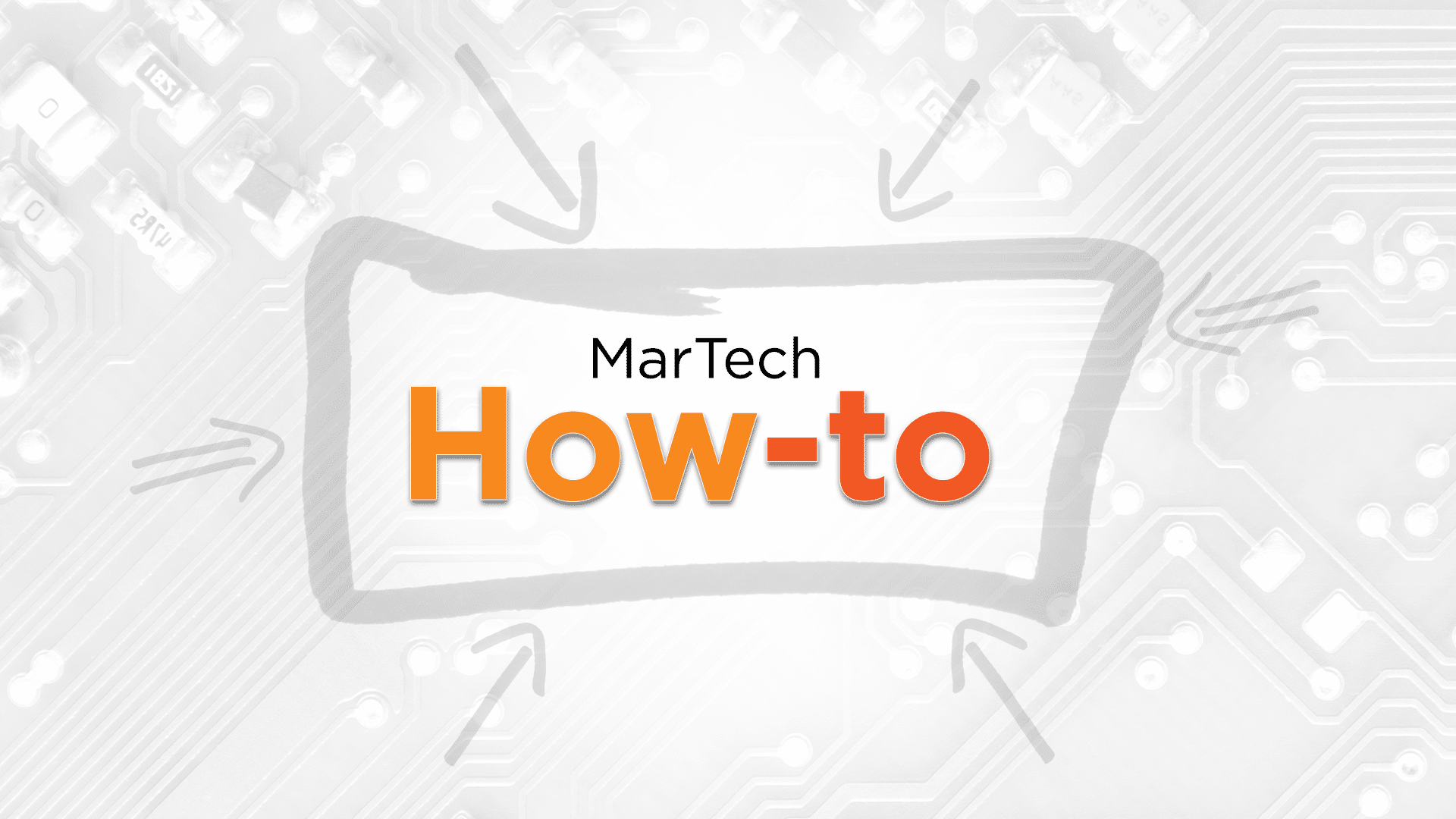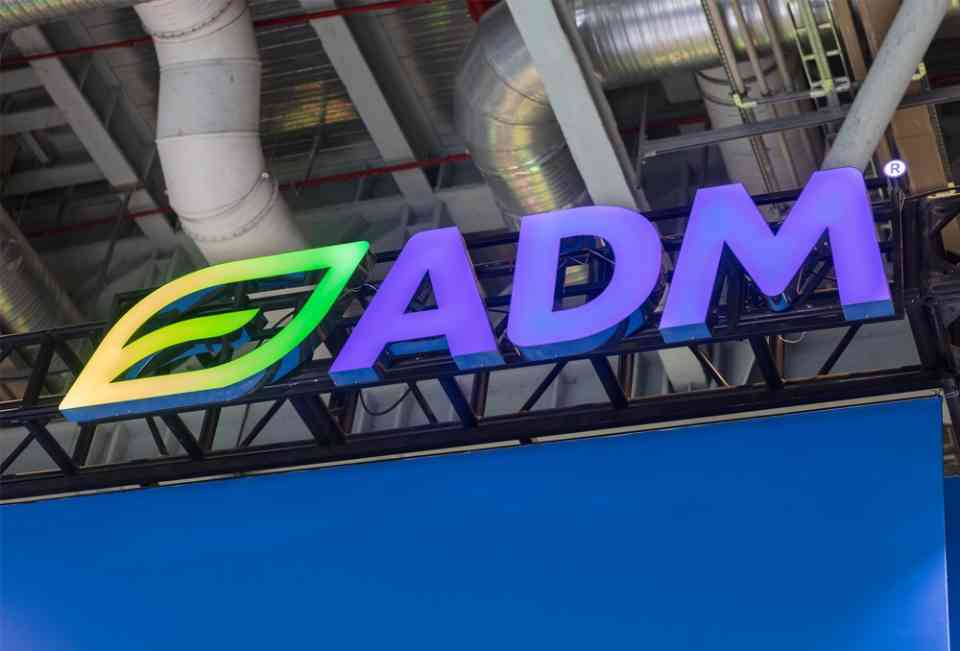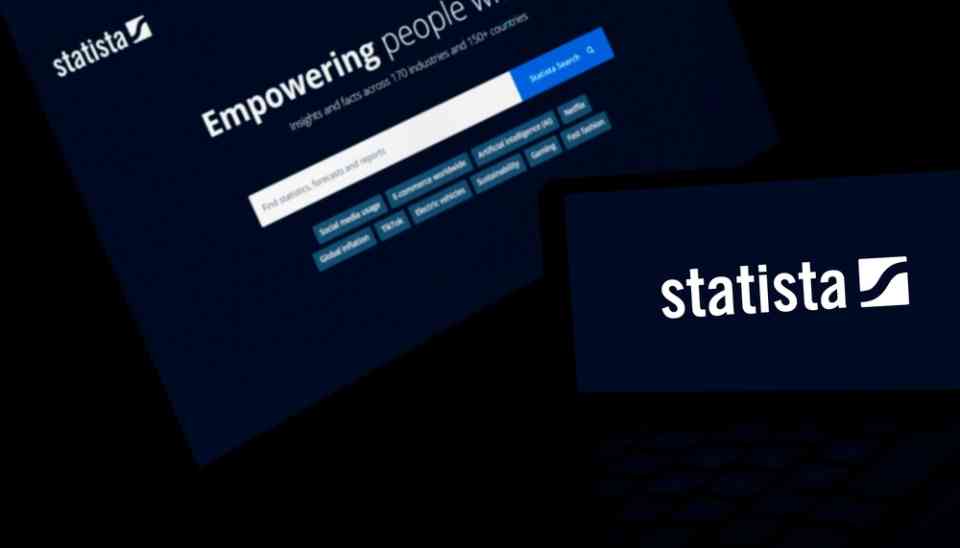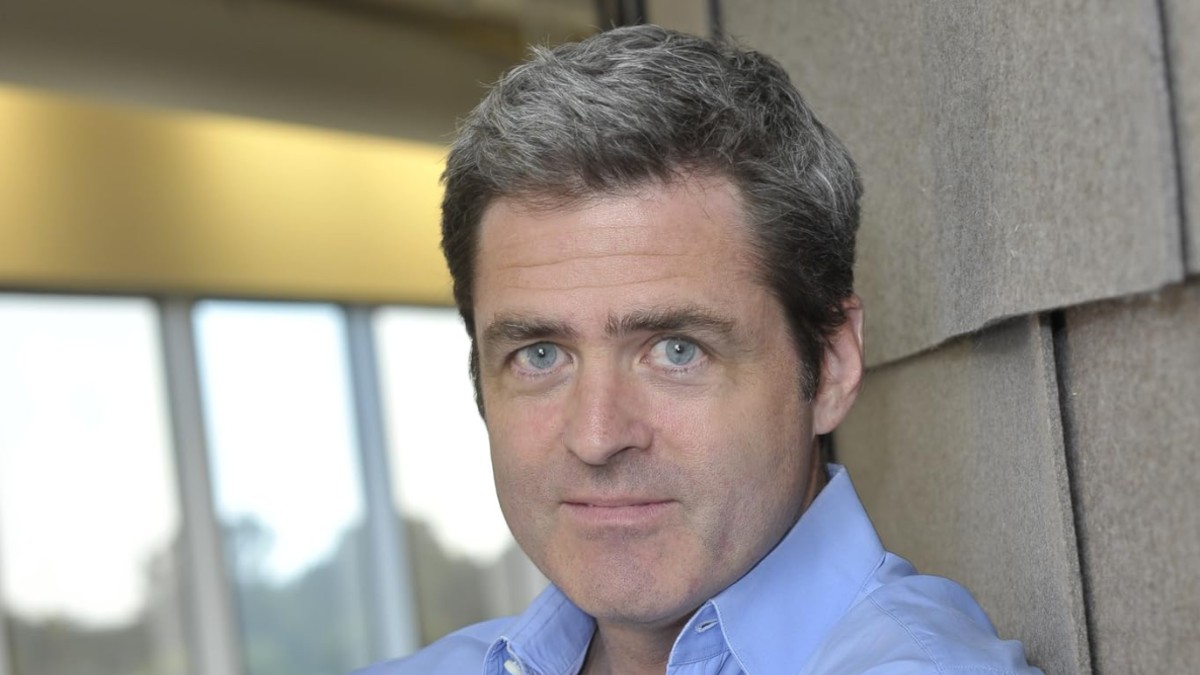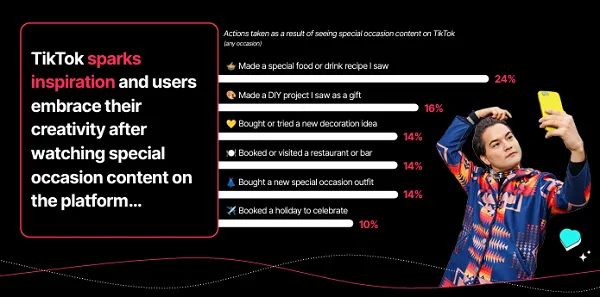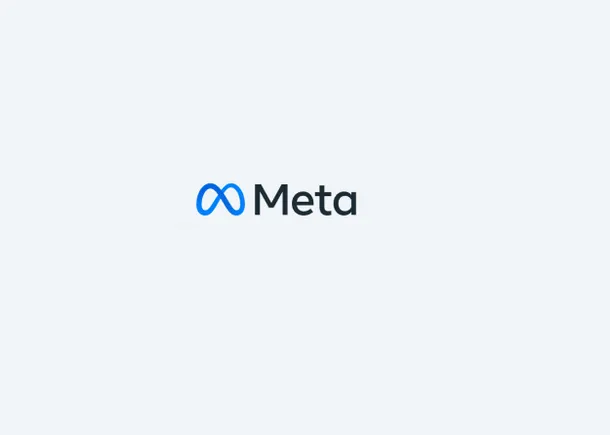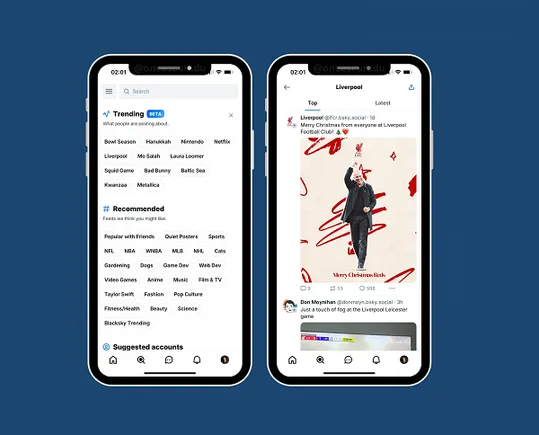When it comes to running a business, if the saying rings true that time is money, the obvious surfaces in opposition: wasted time is wasted money. The answer to reducing waste in budget and operations is to maximize a business’ process efficiency or do more with less. Everest Business Funding recommends analyzing and utilizing the lean methodology when seeking solutions for boosting efficiency in business operations, and here’s why:
Core Principles of Lean
The lean methodology can easily be compared to lean meat bought from the grocery store or butcher shop for dinner. The leanest meat has the least amount of fat and is quicker for the body to digest, making it a part of a healthy diet. In fact, eating lean meat can help reduce certain diseases like heart disease and even early death. The same analogy can be applied to how the lean methodology works with a business: the fat, or waste, is cut, and taken away to produce the quickest and most efficient processes, bettering the overall health and wellness of a business and even saving it from operational setbacks or closing its doors.
Where did the lean methodology first start? The birthplace of the lean methodology was in Japan at Toyota Production System in the late 1940s and into the 1950s. The methodology did not travel west until the publication of The Machine That Changed the World by James Womack and Daniel Jones. When applied to business operations, the lean methodology starts with eliminating waste and ends with continuous improvement. The approach can be boiled down more specifically into five core principles: identifying value, mapping the value stream, creating flow, establishing pull, and continuing growth and improvement.
- Identifying Value
Back to the original analogy, just like in the butcher shop, a business has to identify the valuable part of the meat (or business) to know where the fat (or waste) is and what to cut. Customers are what bring value to a business because, without consumers, a business has no source of revenue. Identifying what is most important and valuable to a target audience when it comes to analyzing a product and service. - Mapping the Value Stream
This core principle involves finding the fat, or waste, from start-to-finish business operations. What does waste look like in company processes? The lean methodology highlights eight types of waste: defects, overproduction, waiting, unused talent, transportation, inventory, motion, and excess processing. - Creating Flow
When change happens, a whole company and all its employees are affected by it. Businesses should keep this in mind as they run new processes and changes to work out any kinks or delays. Efficiency can be reached once operations are functioning smoothly and taking into account the entire team adds to the desired flow. - Establishing Pull
When establishing pull, a business should follow two main fundamentals: the first being reduce production cycle time, and the second is to maintain effective and high-quality production results. - Continuing Growth and Improvement
One meal of lean meat is great for the body, but it takes consistent dedication to eating lean meat to achieve healthy results. The same idea goes for business. True organizational change happens with continuous growth and improvement to maximize efficiency is always at the forefront of business decisions.
About Everest Business Funding: Everest Business Funding provides revenue-based funding to small business owners. They serve a diverse pool of businesses, from healthcare to retail, to help them obtain working capital to grow, buy inventory, launch marketing campaigns, or hire staff. Everest Business Funding’s clients are treated with respect and receive high-quality guidance and service from its professionals.
Have you read?
World’s trendiest countries, 2023.
World’s Richest People (Top Billionaires, 2023).
Best Apps for Reading News for Google’s Android and Apple’s iOS.
Music successful CEOs and C-level executives listen to.
Which are the healthiest countries in the world for 2023?
Add CEOWORLD magazine to your Google News feed.
Follow CEOWORLD magazine headlines on: Google News, LinkedIn, Twitter, and Facebook.
Thank you for supporting our journalism. Subscribe here.
For media queries, please contact: info@ceoworld.biz
















